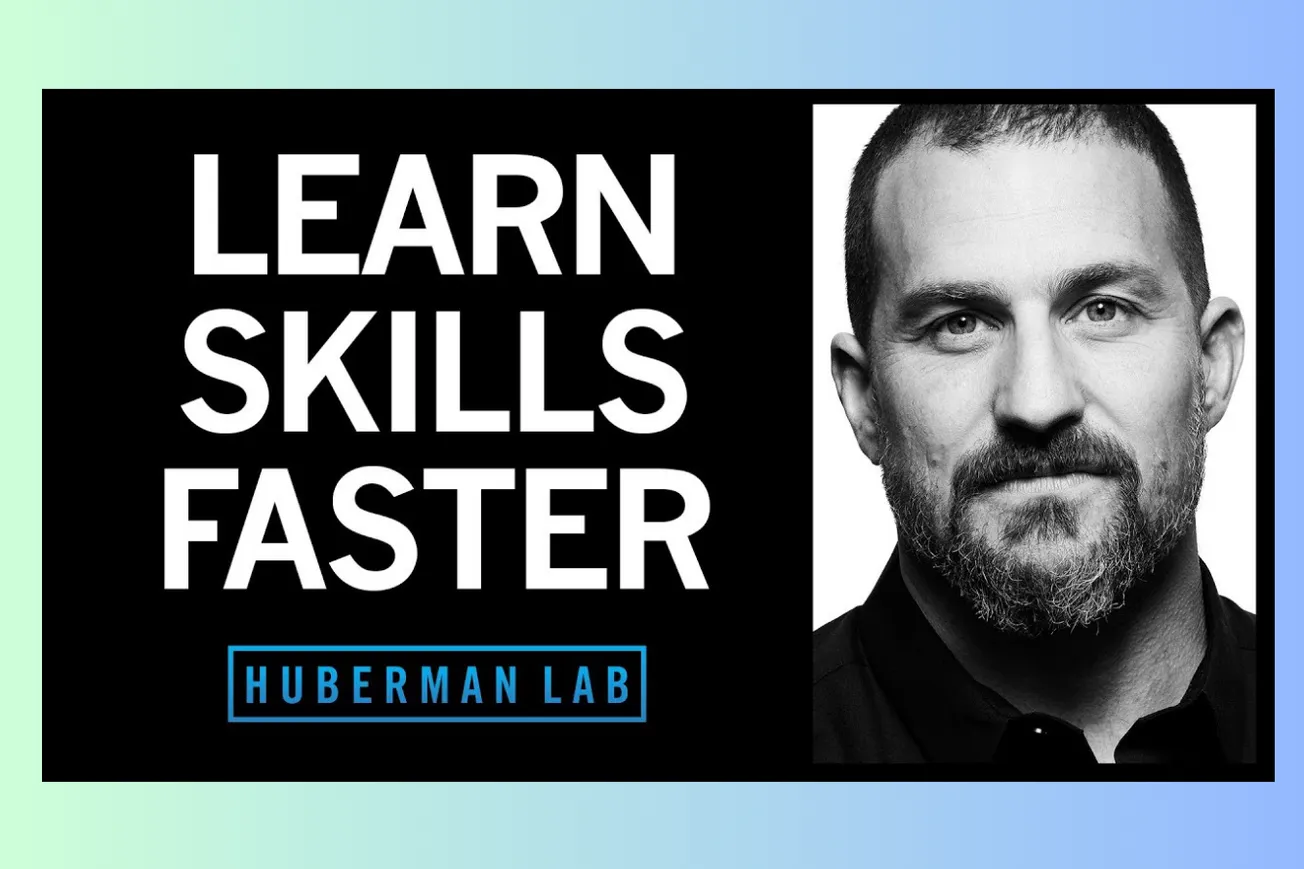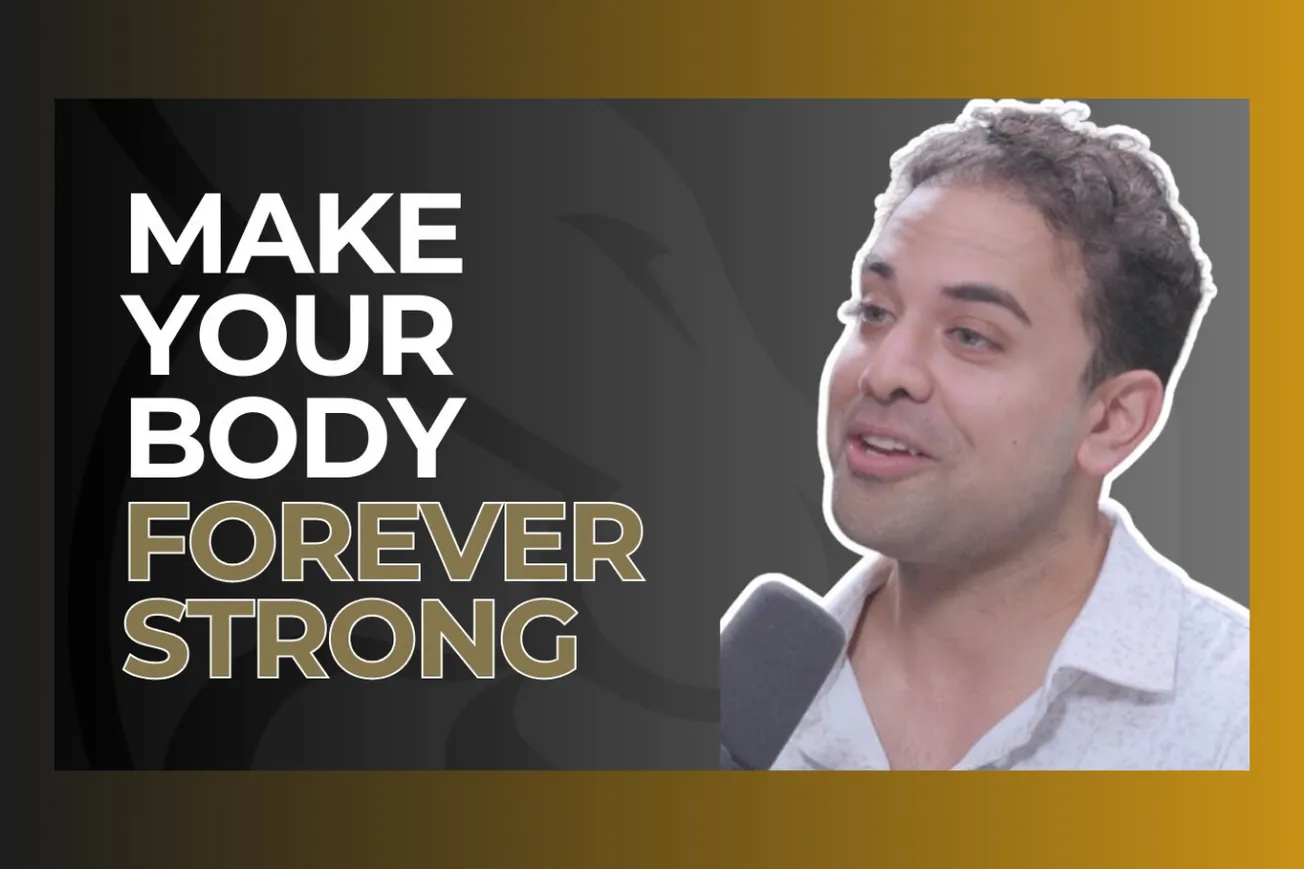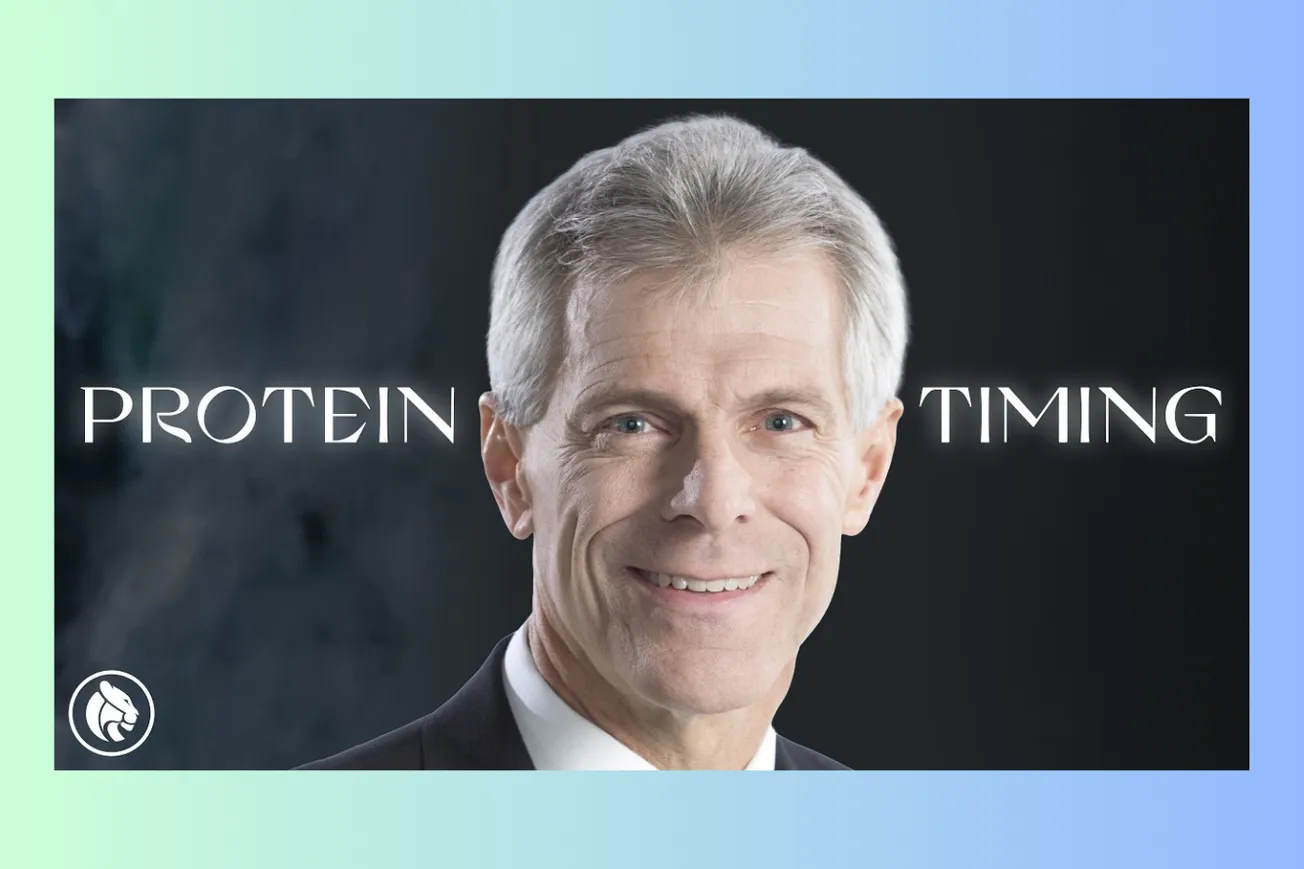Table of Contents
Unlock the science behind accelerated skill acquisition. Learn how leveraging errors, optimizing focus, structured rest, and understanding core neural mechanisms can dramatically speed up your progress in any physical skill.
Key Takeaways
- Errors are not just acceptable but essential for learning; they trigger attention and neuroplasticity needed for skill acquisition.
- Maximize the density of repetitions within training sessions; high volume, even with errors, drives faster learning than slow, perfect attempts.
- Frame errors positively ("try again") rather than punitively ("you lost points") to encourage more attempts and higher success rates, known as the "Super Mario effect".
- Immediately after practice, engage in 1-10 minutes of quiet rest (eyes closed, minimal sensory input) to allow crucial backward replay and consolidation of motor sequences.
- Mental visualization activates upper motor neurons and can supplement physical practice (yielding ~13-35% gains), but it's never a replacement for actual execution (~53%+ gains).
- Understand the difference between open-loop (discrete action, delayed feedback) and closed-loop (continuous action, real-time feedback) skills to tailor your approach.
- Use focused attention strategically: let errors guide you initially, then consciously focus on one specific movement aspect per session once familiar.
- Leverage the cerebellum: specific eye movements (side-to-side) can temporarily increase physical range of motion due to cerebellar connections.
- Use metronomes (auditory cues) once proficient to push repetition speed slightly beyond current limits, forcing adaptation and training central pattern generators.
Timeline Overview
- 00:00 – 15:00: Introduction, sponsor reads, discussion of temperature effects on performance (palm cooling vs. heat for growth hormone). Introduction to skill learning, focus on motor skills. Mention of mental visualization. Tip for relieving side stitches using the physiological sigh (double inhale, long exhale) due to phrenic nerve collateralization.
- 15:00 – 30:00: Defining open-loop vs. closed-loop skills. Components of motor skills: sensory perception, movement, proprioception. Neural control: Central Pattern Generators (CPGs) for rhythmic/learned movements, upper motor neurons for deliberate/learning movements, lower motor neurons connecting to muscles. Debunking instant learning myths and the simplistic 10,000-hour rule; emphasis shifts to repetitions. Introduction of the "Super Mario effect": framing errors positively encourages more attempts and better learning outcomes.
- 30:00 – 45:00: The "tube test" in rodents parallels the Super Mario effect: winning increases future winning probability, losing increases losing probability, linked to prefrontal cortex activity driving effort (more forward steps/repetitions). Core principle: maximize repetitions per unit time, even error-filled ones. Errors are critical: they signal the need for change and open the window for neuroplasticity via frontal cortex activation and neuromodulators (dopamine, acetylcholine, epinephrine). Importance of dopamine release upon correct performance for consolidation, but artificially boosting baseline dopamine hinders learning by reducing signal-to-noise.
- 45:00 – 1:00:00: The protocol: dedicate a time block, maximize safe repetitions, embrace errors initially. Post-session consolidation: 1-10 minutes of quiet rest allows backward replay of correct motor sequences in the hippocampus. Need for quality sleep for forward replay and consolidation. Strategic attention: once familiar, focus attention on one specific aspect of the movement per session; the consistency of focus matters more than the specific target. Piano key study example: focusing only on finger sequence learned as fast as focusing on auditory feedback.
- 1:00:00 – 1:15:00: Ultra-slow motion practice: best used after gaining proficiency (~25-30% success) to refine movement, as it doesn't generate initial errors needed for plasticity and lacks accurate proprioceptive feedback at speed. Using metronomes for advanced learners: sets external cadence slightly faster than current ability, forcing more repetitions, more errors/successes, and potentially training CPGs for higher speeds. Example: Speed walking vs. running involves different CPGs.
- 1:15:00 – 1:30:00: The cerebellum ("mini-brain"): integrates visual (pitch, yaw, roll), proprioceptive, and timing information; crucial for motor learning. Cerebellar trick for flexibility: measure baseline range of motion (e.g., arms back), perform extreme horizontal eye movements (head still), re-test for ~5-15 degree increase due to visual-motor coupling in cerebellum. Visualization/mental rehearsal: activates upper motor neurons similar to actual movement command. Study example: imagining finger/elbow flexion against resistance yielded strength gains (13.5-35%) but less than actual physical training (53%).
- 1:30:00 – 1:45:00: Visualization limitations: It's not the same as the real experience due to lack of proprioceptive feedback and actual muscle engagement. Use visualization as a supplement, during downtime (travel), or when physical practice isn't possible, not as a primary method. Potential supplements: Focus should be on creating conditions for high-rep practice (motivation, focus, hydration). Alpha-GPC (alpha-glycerylphosphorylcholine): 300-600mg may enhance power output (~14% increase noted); higher doses (1200mg/day) linked to modest cognitive benefits, especially in aging/decline; also slightly increases fat oxidation and growth hormone. Take such compounds before training to support the session itself.
- 1:45:00 – End: Combining protocols: Be mindful of timing (e.g., late caffeine disrupting sleep needed for consolidation). Prioritize dense training sessions (quality over quantity of time), embrace errors, use post-session idle time, optimize sleep, and potentially use metronoming or visualization strategically. Ultradian cycles (90 min) less relevant for structuring physical practice than density of repetitions. Closing remarks, call to subscribe/support.
Embracing Errors: The Engine of Plasticity
- Forget the "perfect practice makes perfect" mantra for initial learning. Errors are biologically necessary signals that initiate brain change. Quote: "Without errors, the brain is not in a position to change itself."
- Errors activate frontal cortical networks and trigger the release of neuromodulators like dopamine, acetylcholine, and epinephrine, which are essential chemicals for enabling neuroplasticity.
- The way errors are framed dramatically impacts motivation and persistence. Experiments show that simply indicating an error and prompting "please try again" leads to far more attempts and higher success than penalizing errors. This underscores the importance of a positive learning environment focused on iteration.
- Rodent studies (the "tube test") confirm this principle: prior wins increase the likelihood of future wins, and prior losses increase future losses, primarily because winners engage in more attempts (effort) per unit time, driven by specific prefrontal cortex activity.
- High volumes of repetitions, including many errors, are essential in early learning stages. The nervous system uses the contrast between errors and eventual successes to refine motor programs.
- Success (even approximate success) triggers dopamine release, reinforcing the correct neural pathways. However, artificially boosting baseline dopamine before learning (e.g., with high-dose precursors) blunts this effect by reducing the relative size of the success signal, thus hindering learning.
Structuring Practice for Maximum Gain
- The core principle is maximizing the density of focused repetitions within a set timeframe. Intensity and volume of attempts matter more than the sheer duration of the session.
- Identify whether the skill is open-loop (like throwing a dart, feedback comes after the action) or closed-loop (like running or playing drums, feedback is continuous and allows real-time adjustment). This distinction helps in structuring practice and managing feedback.
- In the initial learning phase, allow the errors themselves to direct your attention subconsciously. Focus on generating attempts rather than micromanaging specific body parts.
- As you gain familiarity (e.g., reaching ~25-30% success rate), start incorporating conscious focus. Dedicate entire sessions to focusing intently on one specific element of the movement (e.g., foot placement, shoulder rotation, grip pressure).
- Studies on piano learning showed that focusing solely on the motor sequence of finger presses led to learning just as quickly as focusing on the auditory feedback, as long as the feedback wasn't random noise. This suggests isolating motor execution focus can be highly effective.
- Avoid ultra-slow motion practice when first learning a skill. It prevents the necessary error generation for plasticity and doesn't provide accurate proprioceptive feedback for movements performed at speed. Reserve slow-motion for refining technique after basic proficiency is achieved.
- For intermediate/advanced learners aiming to increase speed or consistency, use a metronome set slightly faster than your comfortable pace. This external cue forces more repetitions, induces manageable errors, and trains the underlying Central Pattern Generators (CPGs).
The Science of Consolidation: Rest and Sleep
- Learning doesn't stop when the practice session ends; crucial consolidation happens during subsequent rest and sleep.
- Immediately after intense skill practice, dedicate 1-10 minutes to quiet, passive rest with minimal sensory input (ideally eyes closed). During this "idle time," the hippocampus replays the neural firing sequences of successful movements in reverse, strengthening those connections.
- Interrupting this brief post-practice period with distractions (phones, conversations, new tasks) can impair the consolidation process.
- Quality sleep is non-negotiable for learning. During sleep, particularly slow-wave sleep and potentially REM sleep, the brain replays the learned sequences again, this time in the correct temporal order, further solidifying the skill.
- Foundational practices that optimize sleep (covered in previous Huberman Lab episodes) are therefore critical indirect contributors to faster skill learning.
- The 90-minute ultradian cycle, while relevant for cognitive work, is less critical for structuring physical skill practice compared to the principle of maximizing repetition density within a feasible timeframe.
Mental Rehearsal: Understanding Its Power and Limits
- Mental visualization involves imagining yourself performing the skill, often with eyes closed. This technique activates upper motor neurons—the brain regions issuing the command for movement—in a pattern similar to actual execution.
- Studies show mental rehearsal can lead to tangible gains. Imagining strength exercises (like finger or elbow flexion against resistance) for 15 minutes daily, 5 days a week for 12 weeks, resulted in strength increases of 13.5% to 35%.
- However, visualization is not a substitute for physical practice. The same studies showed actual physical training yielded significantly higher gains (around 53%). Quote: "imagining something not being the same as the actual experience is grounded in this idea of proprioception."
- The key difference lies in feedback: actual movement provides rich proprioceptive (body position sense) and sensory feedback that visualization lacks. This real-world feedback is crucial for refining motor control and driving robust plasticity.
- Use visualization strategically as a supplement to physical training, especially when practice opportunities are limited (e.g., travel, injury recovery, bad weather). It helps reinforce the neural command patterns but won't fully replace the benefits of execution.
- Forget the myth that "to the brain, imagining is the same as doing." While overlapping circuits are activated, the full scope of neural and physiological engagement differs significantly.
The Cerebellum: Coordination, Timing, and a Flexibility Trick
- The cerebellum, located at the back of the brain, is essential for coordinating movement, balance, and learning timed motor sequences. It integrates visual input (tracking head pitch, yaw, roll) with proprioceptive feedback and motor commands.
- Many learned motor skills, especially those involving precise timing, become heavily reliant on cerebellar circuits once mastered.
- Our perceived flexibility is often limited by neural inhibition controlled, in part, by the cerebellum, rather than just physical tissue limits.
- You can leverage the cerebellum's visual-motor integration to temporarily increase range of motion:
- Establish your baseline flexibility for a movement (e.g., stretching arms straight back).
- Keeping your head and body stationary, move your eyes to their extreme left position, hold briefly, then extreme right, hold briefly. Repeat several times.
- Re-test your range of motion. You'll likely find a temporary increase of 5-15 degrees. This works because the wide eye movements signal a broader operational space to the cerebellum, slightly relaxing the neural limits on limb extension.
- This eye-movement technique can be a useful addition to warm-ups before skill practice or exercise sessions where greater range of motion is desired.
Supporting Skill Acquisition: Focus, Motivation, and Supplements
- The primary "ingredients" for faster learning are internal: motivation to practice consistently, the ability to focus intensely during sessions, and managing your physiological state (hydration, alertness).
- There's no magic pill to bypass the need for effortful, high-repetition practice. Tools should aim to optimize your ability to perform those high-quality repetitions.
- Caffeine can aid focus and motivation for some, but only if already adapted to it; for non-adapted individuals, it may hinder performance by increasing body temperature inappropriately. Time caffeine intake carefully to avoid disrupting sleep needed for consolidation.
- Alpha-GPC, a precursor to the neurotransmitter acetylcholine (involved in focus and muscle contraction), shows potential benefits:
- Doses of 300-600mg taken before training may increase power output by up to 14%, potentially useful for explosive movements.
- Higher doses (1200mg daily, split) have shown modest benefits against cognitive decline in older populations.
- It may also slightly increase fat oxidation and growth hormone release.
- Any supplements should be considered tools to support the foundational requirements of focused, high-repetition practice and effective recovery, not replacements for them.
Bottom Line
True acceleration in skill learning comes from embracing high volumes of error-filled repetitions to drive neuroplasticity, followed by periods of deliberate rest for consolidation. Optimize your focus during practice and leverage neuroscience-based tools strategically, understanding that consistent, effortful physical execution remains paramount.









